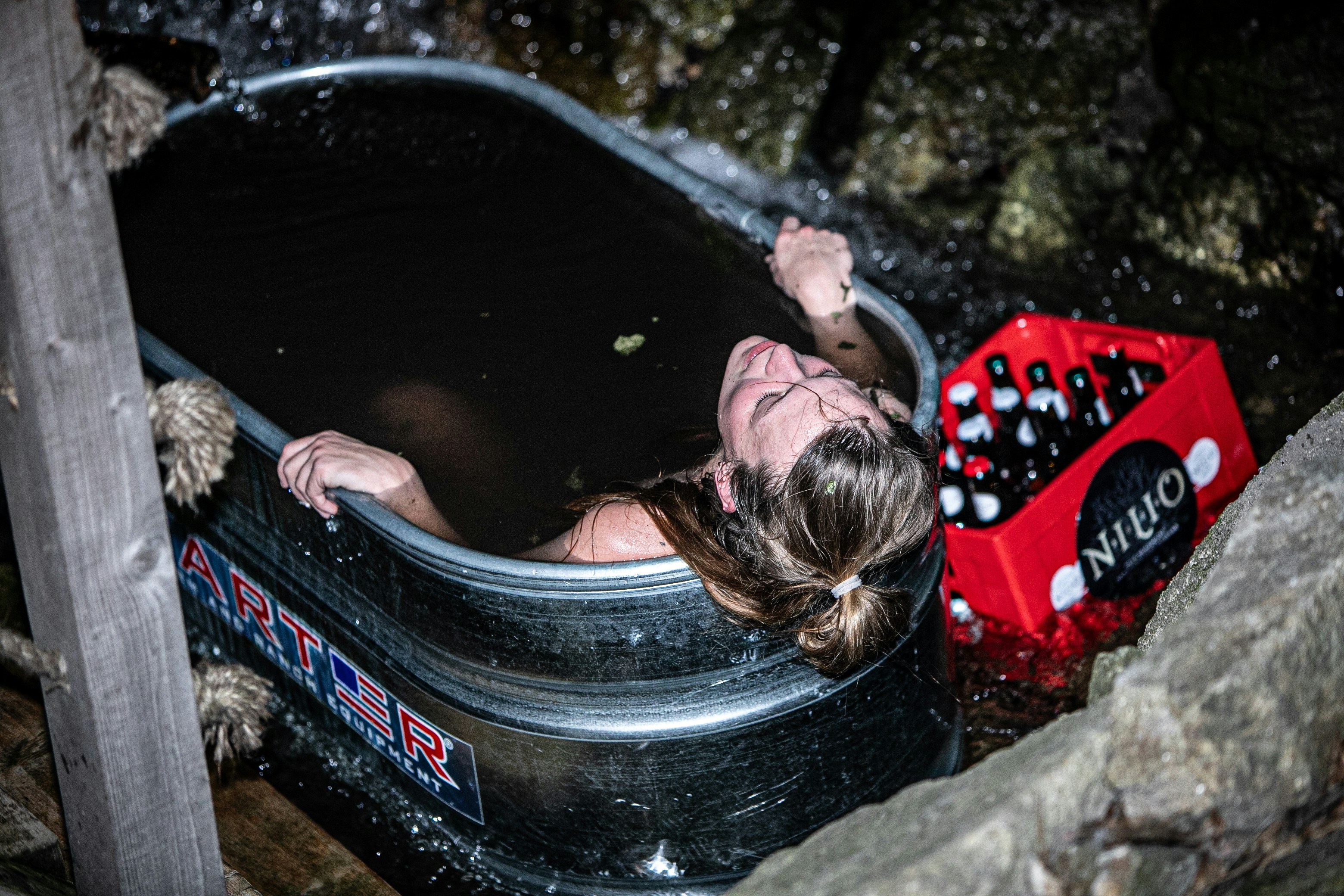Welcome to “Demystifying Cold Plunges: A Beginner’s Guide To Athlete Recovery,” where we’ll explore the benefits of cold plunges for athletes looking to recover faster and improve performance. From reducing inflammation to boosting circulation, cold plunges offer a simple and effective way to supercharge your recovery routine. Whether you’re a seasoned athlete or just starting out, this guide will help you navigate the world of cold plunges with confidence. Get ready to take your recovery to the next level!
Demystifying Cold Plunges: A Beginner’s Guide To Athlete Recovery
Have you ever wondered why athletes swear by taking cold plunges after intense workouts or competitions? Have you considered giving it a try but don’t know where to start? In this beginner’s guide, we will explore the benefits of cold plunges for athlete recovery and provide you with all the information you need to get started.
What Are Cold Plunges?
So, what exactly are cold plunges? Cold plunges, also known as cold water immersion, are a form of hydrotherapy that involves immersing your body in cold water for a short period of time, usually between 2 to 10 minutes. The water temperature is typically between 50 to 59 degrees Fahrenheit (10 to 15 degrees Celsius). This cold exposure is believed to have various health benefits, especially for athletes.
The Benefits of Cold Plunges for Athlete Recovery
Cold plunges have been used for centuries as a natural way to help the body recover from physical exertion. When you immerse your body in cold water, several physiological processes are triggered, resulting in the following benefits:
- Reduces Muscle Inflammation: Cold plunges help reduce inflammation in muscles and joints, which can help alleviate soreness and promote faster recovery after intense workouts or competitions.
- Decreases Muscle Fatigue: Cold water immersion has been shown to decrease muscle fatigue, allowing athletes to recover faster and perform at their best for their next training session or competition.
- Improves Circulation: The cold water constricts blood vessels, which helps to improve circulation and reduce swelling in the muscles, resulting in faster recovery.
- Enhances Mental Clarity: Cold plunges are also believed to have mental benefits, such as reducing stress and improving mood, which can be beneficial for athletes looking to stay focused and motivated.
How to Take a Cold Plunge
If you’re ready to give cold plunges a try, here are some tips on how to do it safely and effectively:
- Start Slow: If you’re new to cold plunges, start with shorter durations (e.g., 2-3 minutes) and gradually increase the time as your body gets accustomed to the cold water.
- Stay Hydrated: Drink plenty of water before and after your cold plunge to stay hydrated and help your body regulate its temperature more effectively.
- Wear Warm Clothing: After your cold plunge, make sure to dry off and put on warm clothing to prevent your body from losing heat too quickly.
- Listen to Your Body: Pay attention to how your body reacts to the cold water immersion. If you start to feel lightheaded or have trouble breathing, exit the cold plunge immediately.
DIY Cold Plunge Setup
If you don’t have access to a professional cold plunge facility, you can create your own DIY cold plunge setup at home. Here’s what you’ll need:
| Item | Description |
|---|---|
| Large Container | A bathtub, stock tank, or similar container |
| Ice | Bags of ice or ice packs to cool the water |
| Thermometer | To monitor and maintain the water temperature |
| Timer | To track the duration of your cold plunge |
DIY Cold Plunge Setup Instructions
- Fill the container with cold water and add ice to cool it down to the desired temperature (between 50 to 59 degrees Fahrenheit).
- Use a thermometer to monitor the water temperature and adjust as needed.
- Set a timer for your desired cold plunge duration (e.g., 2-5 minutes).
- After your cold plunge, dry off and put on warm clothing to retain body heat.
Incorporating Cold Plunges Into Your Recovery Routine
Now that you know the benefits of cold plunges and how to take one, let’s discuss how you can incorporate them into your athlete recovery routine effectively:
- Post-Workout: Take a cold plunge immediately after an intense workout or competition to help reduce muscle inflammation and accelerate recovery.
- Active Recovery: Use cold plunges as part of your active recovery routine to alleviate muscle soreness and fatigue between training sessions.
- Pre-Competition: Consider taking a cold plunge before a competition to help prime your body for optimal performance and reduce anxiety.
FAQs About Cold Plunges
How Cold Should the Water Be for a Cold Plunge?
The ideal water temperature for a cold plunge is between 50 to 59 degrees Fahrenheit (10 to 15 degrees Celsius). You can adjust the temperature based on your comfort level, but avoid going below 50 degrees Fahrenheit to prevent hypothermia.
How Long Should I Stay in a Cold Plunge?
The recommended duration for a cold plunge is between 2 to 10 minutes. Start with shorter durations if you’re new to cold plunges and gradually increase the time as your body adapts to the cold water.
Can Anyone Take a Cold Plunge?
Cold plunges are generally safe for most people, but individuals with certain medical conditions (e.g., heart problems, Raynaud’s disease) should consult a healthcare professional before trying cold water immersion.
Final Thoughts
Cold plunges are a simple yet powerful way to enhance your athlete recovery routine and promote overall health and well-being. By incorporating cold water immersion into your post-workout or active recovery routine, you can enjoy the benefits of reduced muscle inflammation, improved circulation, and enhanced mental clarity. So, why not give cold plunges a try and experience the benefits for yourself? Remember to start slow, listen to your body, and enjoy the refreshing feeling of a cold plunge after a hard workout!




